This article is all about sharing some great examples of Differential Reinforcement of Alternative behavior (DRA) strategies in Applied Behavior Analysis (ABA) that can really help enhance your child's behavior and skills! 😊 We’ll dive into how tailored DRA techniques—like reinforcing positive social interactions, managing aggressive behaviors, and promoting emotional regulation—can make a real difference. By encouraging alternative, constructive actions instead of unwanted behaviors, we can support our children on their journey of growth and development.
Let’s explore this together! These strategies not only help in improving behavior but also foster essential skills that your child can carry into their everyday life. By focusing on the positives, we create an environment where children feel supported and understood. So, if you’re looking for ways to guide your child towards more constructive behaviors, you’re in the right place! We’re here to help you every step of the way!
Understanding and improving child behavior can often feel like navigating a complex maze for parents. But don’t worry! Differential Reinforcement of Alternative behaviors (DRA) offers a structured approach that not only addresses those tricky behaviors but also promotes positive actions tailored to each child's unique needs. As parents, you might wonder: how can we effectively implement DRA techniques to enhance our child's social skills, emotional regulation, and everyday interactions? Let’s dive into nine engaging DRA examples that can transform challenging behaviors into wonderful opportunities for growth and learning!
At Rori Behavioral Innovations Inc., we understand the challenges parents face when it comes to improving their child's behavior and skills. That’s why we utilize customized DRA examples aba that focus on strengthening alternative actions—those that are more suitable than the unwanted ones. By tailoring these strategies to each child's unique needs, we ensure that our interventions are not only effective but also engaging for your little one.
Imagine a scenario where your child is struggling with certain behaviors. With our data-driven insights, clinicians can track progress and modify strategies as needed. This means that we’re always adapting to what works best for your child, leading to significant changes in conduct and skill development. Let’s explore this together! We’re here to help you every step of the way!
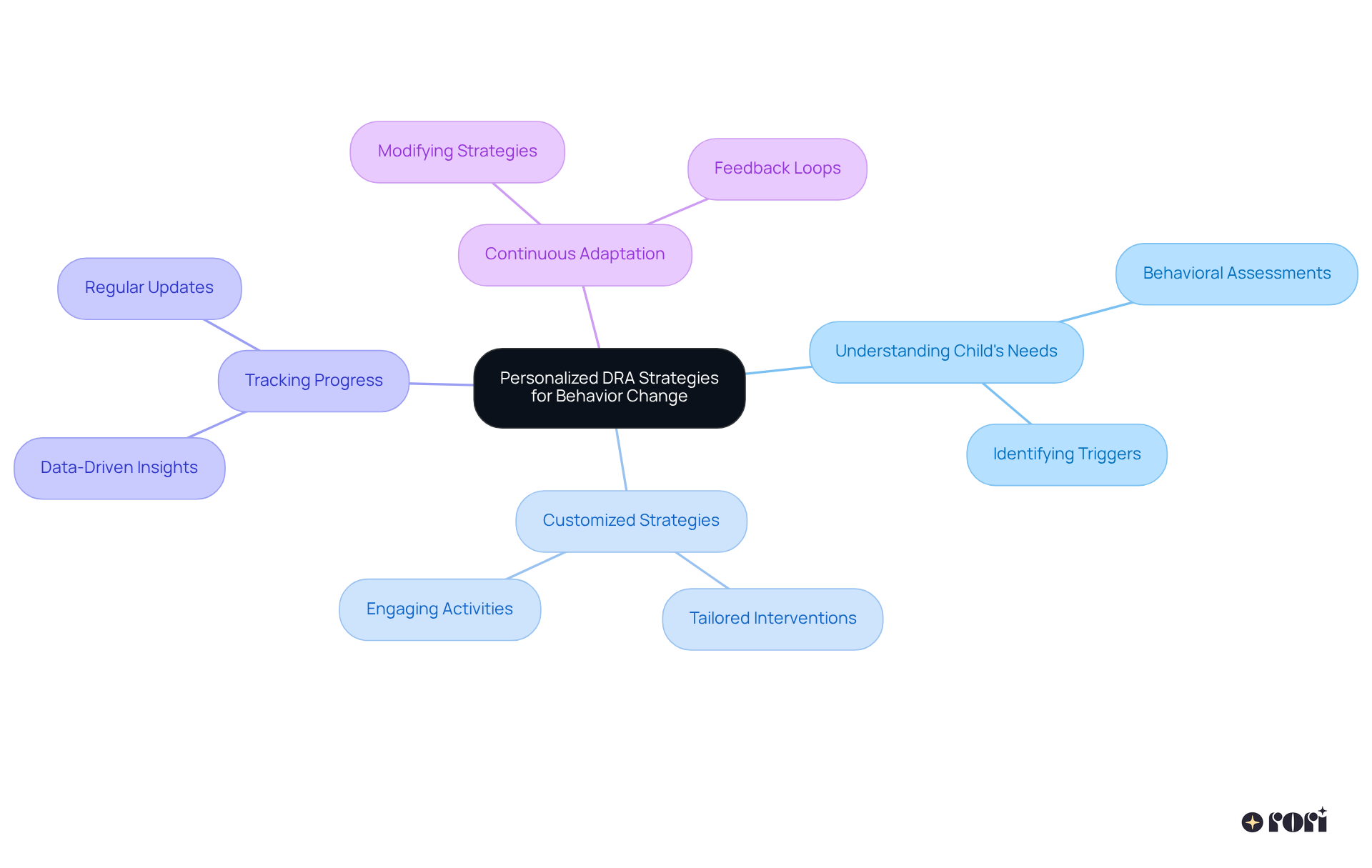
One effective way to promote positive social interactions through DRA is by reinforcing sharing actions. Imagine this: when a little one shares a toy with a friend, they get a cheerful shout-out or a small reward! 🎉 This kind of encouragement really motivates them to keep sharing, gradually making them more ready to interact positively with others. By consistently using this strategy, kids not only learn the value of social interactions but also develop essential social skills. Let’s explore this together!
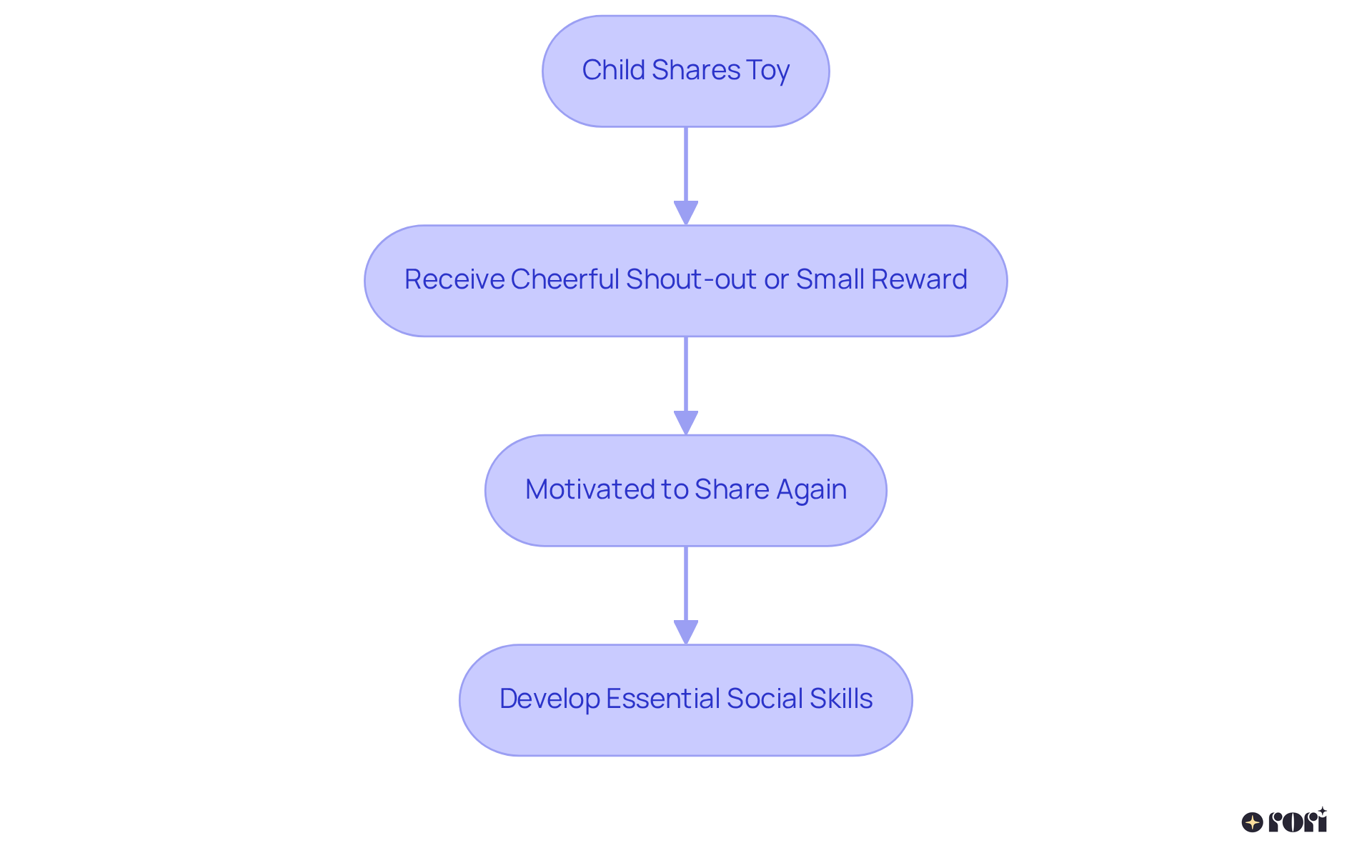
To effectively reduce tantrums, you might want to consider using DRA examples aba as a form of Differential Reinforcement of Alternative behavior. This approach involves reinforcing calm behaviors. For example, when a young person expresses their frustration verbally instead of throwing a tantrum, they should receive praise or a little reward. This not only teaches them that expressing feelings calmly is more effective than disruptive actions but also helps them develop essential emotional regulation skills.
Studies show that kids who learn to manage their emotions through positive reinforcement are better equipped to handle frustration and anger, leading to improved behavior over time. In fact, one study found an impressive 93% agreement on target actions among participants, showcasing how effective DRA examples aba can be! By consistently applying these strategies, parents can help their children adopt a more adaptive approach to emotional challenges, ultimately boosting their overall well-being.
As Dr. Myers wisely points out, 'Handling tantrums requires patience and understanding.' This really highlights how important it is to be consistent with these strategies, as inconsistency can slow down progress. Also, it's worth noting that relying too much on digital devices to manage tantrums can actually make emotional regulation issues worse, according to research.
Let’s explore this together! By focusing on these techniques, we can create a supportive environment for our kids to thrive emotionally.
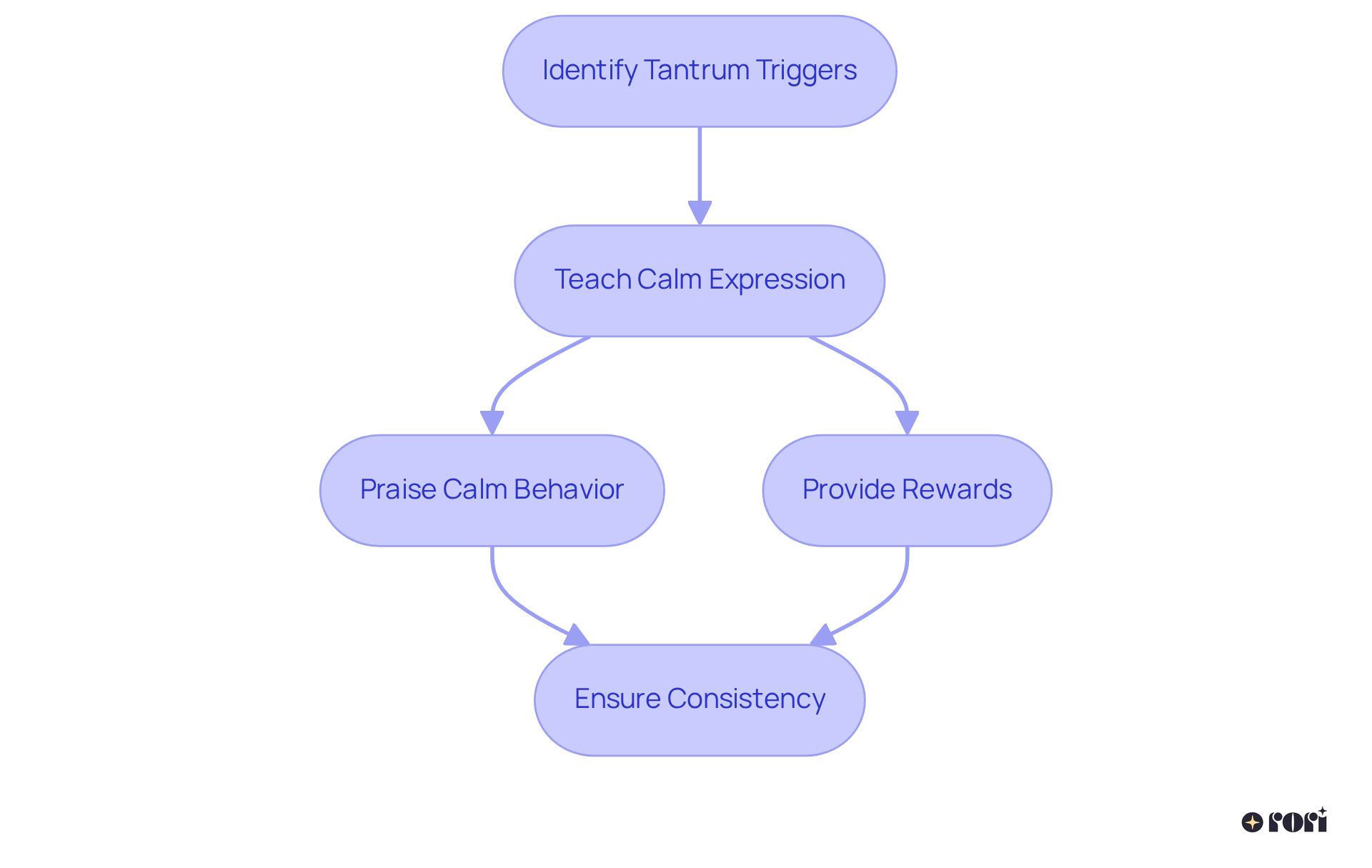
DRA examples aba can significantly enhance communication skills by promoting the use of words or gestures rather than challenging behaviors. For example, if a young person tends to shout for attention, they can learn to use DRA examples aba, like a specific word or gesture, instead. When they successfully use this new way to communicate, they get prompt attention or even a little reward! This method not only helps improve their communication skills but also reduces frustration, leading to better interactions.
Research shows that DRA examples aba can achieve an impressive effectiveness rate of 91.9% in behavioral interventions, showcasing its vital role in promoting positive behavioral changes. Plus, studies indicate that young individuals who engage in verbal interactions rather than disruptive actions see a notable drop in frustration and an increase in social involvement. This highlights how important verbal expression is for their development.
Speech-Language Pathologists (SLPs) are key players in this journey, guiding parents on how to implement these techniques effectively. To help your child practice DRA at home, consider setting aside a few minutes each day to encourage them to express their needs through words or signs. Rewarding their efforts can really strengthen this positive behavior. Let’s explore this together and make communication a fun and rewarding experience for your little one!
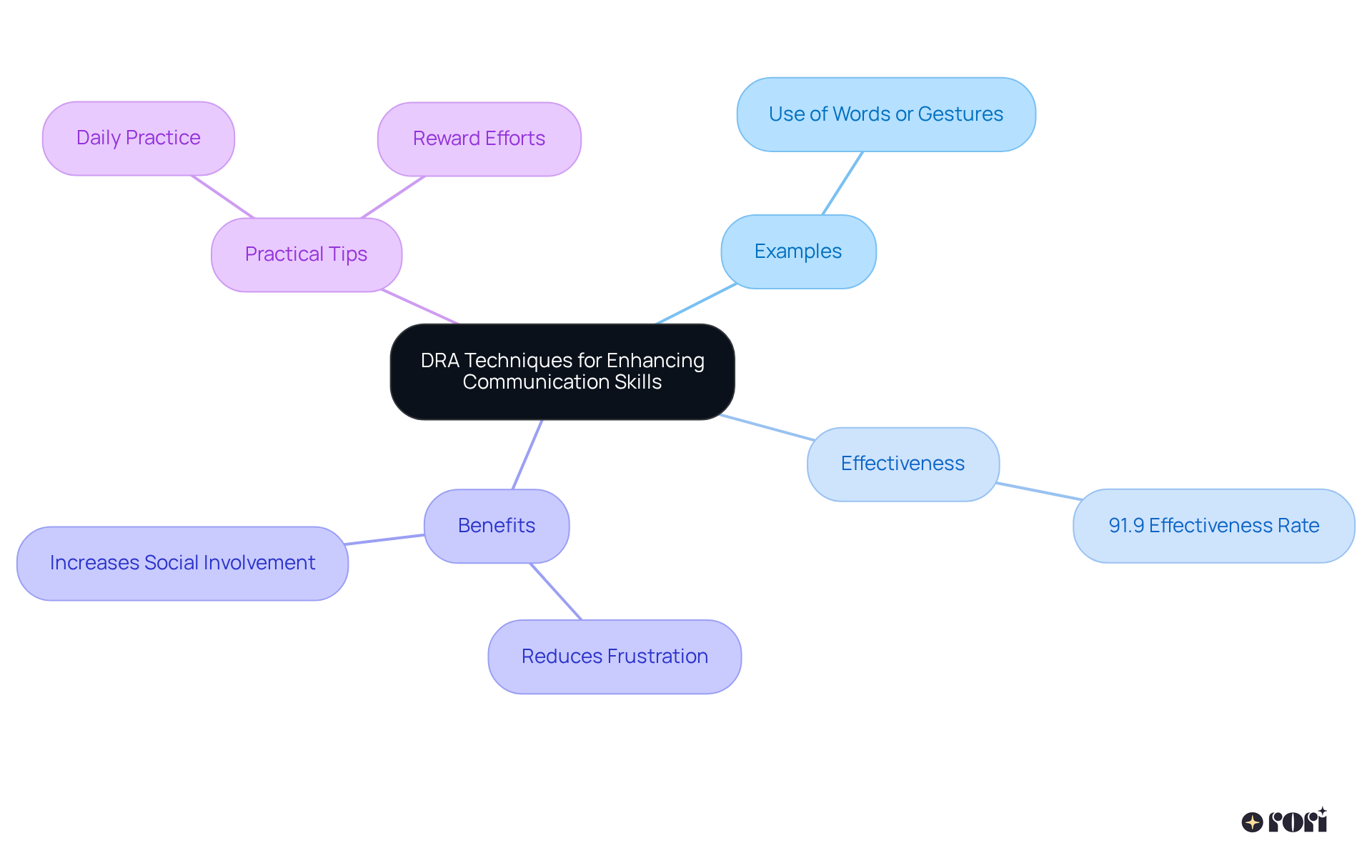
In classroom settings, the use of DRA examples aba plays a crucial role in enhancing learning engagement by reinforcing on-task behaviors. 🌟 For instance, when a young learner stays focused during a lesson, they can receive praise or even some fun privileges like extra playtime. This positive reinforcement not only helps the child remain engaged and attentive but also significantly boosts their overall learning experience and academic performance.
Research shows that structured reinforcement strategies, including dra examples aba, can lead to better on-task conduct. Studies have found that students who receive consistent reinforcement are more likely to participate actively in class. Educators often notice that recognizing and rewarding focused behaviors creates a nurturing learning atmosphere. This ultimately results in improved academic outcomes for students. Let’s explore this together and see how we can support our little learners!
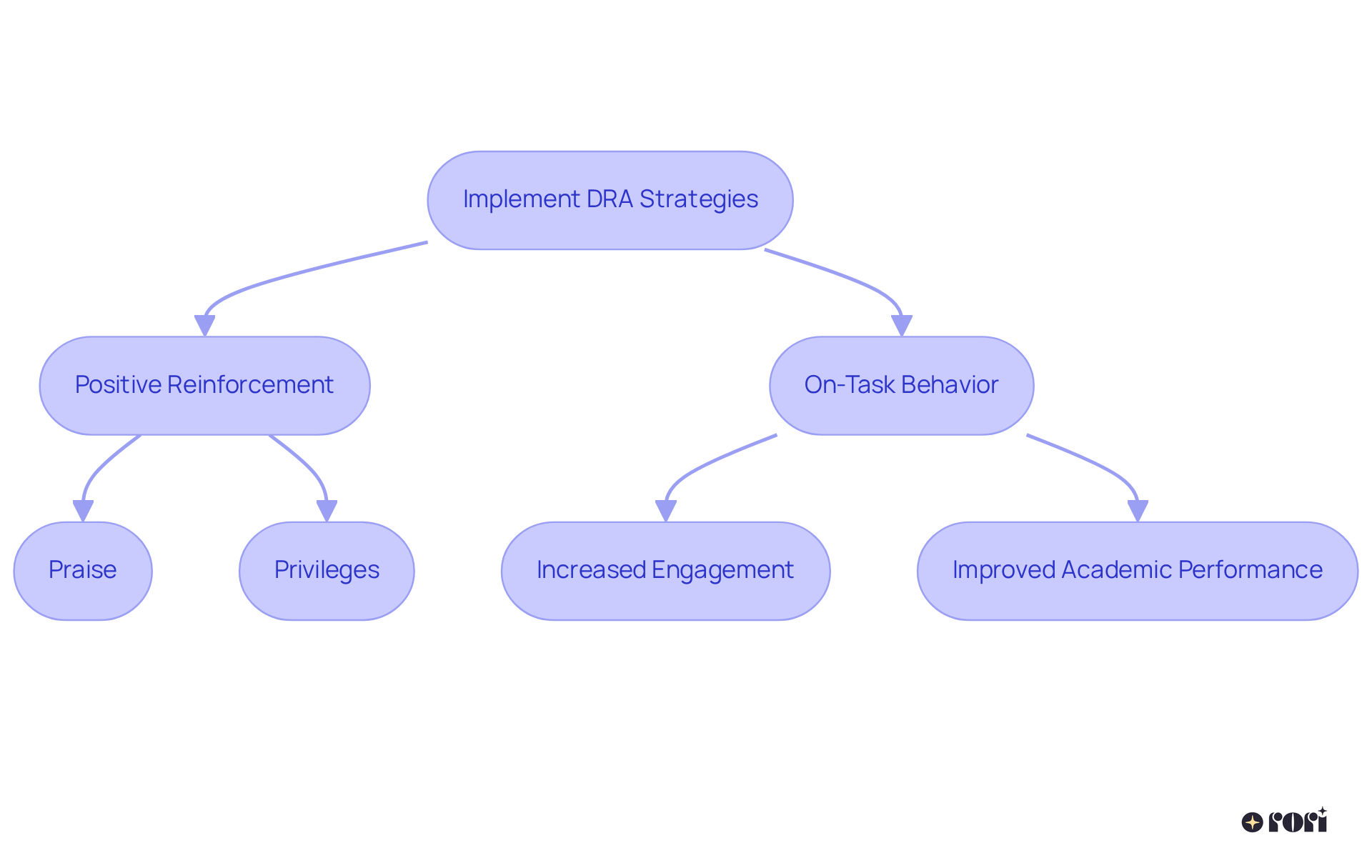
DRA can be a wonderful way to encourage daily living skills, like dressing or grooming! 🌟 For example, when a little one successfully puts on their shoes all by themselves, it's so important to offer praise or a small reward. This kind of positive reinforcement not only celebrates their achievement but also inspires them to keep practicing these skills. Over time, they'll nurture a sense of accomplishment and independence, which is truly heartwarming!
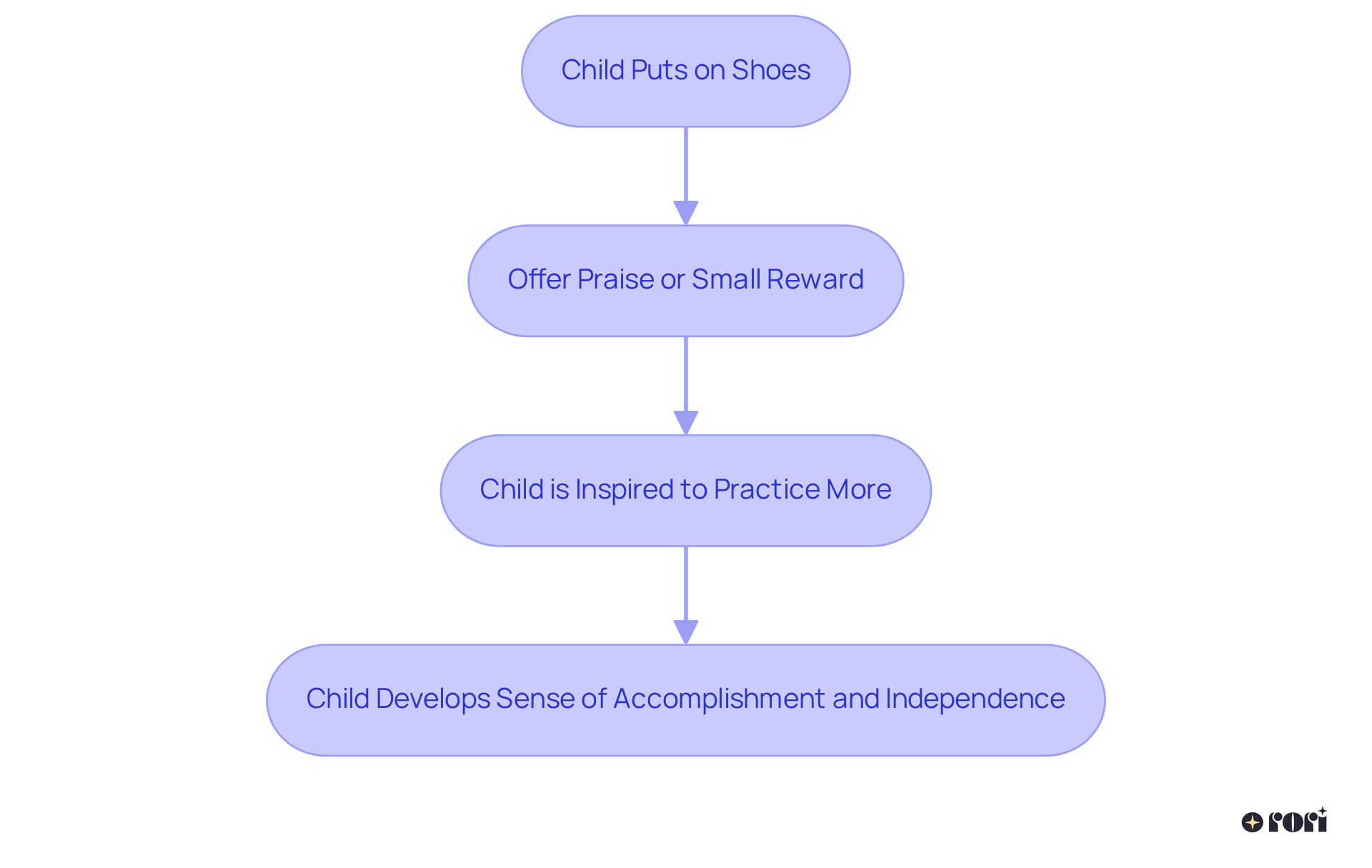
To effectively manage aggressive actions, let’s talk about how DRA examples aba can serve as a game changer! Imagine a young person feeling that familiar anger but choosing to squeeze a stress ball instead of lashing out. When they make that positive choice, it’s so important to give them a little encouragement! This not only teaches healthier ways to cope but also helps reduce the chances of future outbursts.
Research shows that DRA examples aba can lead to a significant drop in aggressive incidents—some studies even report up to a 50% decline! Isn’t that amazing? Experts in youth behavior emphasize that teaching coping strategies is key. When kids feel supported and capable, they’re much more likely to engage in positive, socially acceptable behaviors.
Also, Functional Behavioral Assessments (FBAs) can really shine a light on what drives those aggressive actions. This insight is invaluable for caregivers. By consistently reinforcing these positive choices and involving parents in the journey, we can create an environment where young people learn to navigate their emotions in a constructive way. Let’s explore this together!
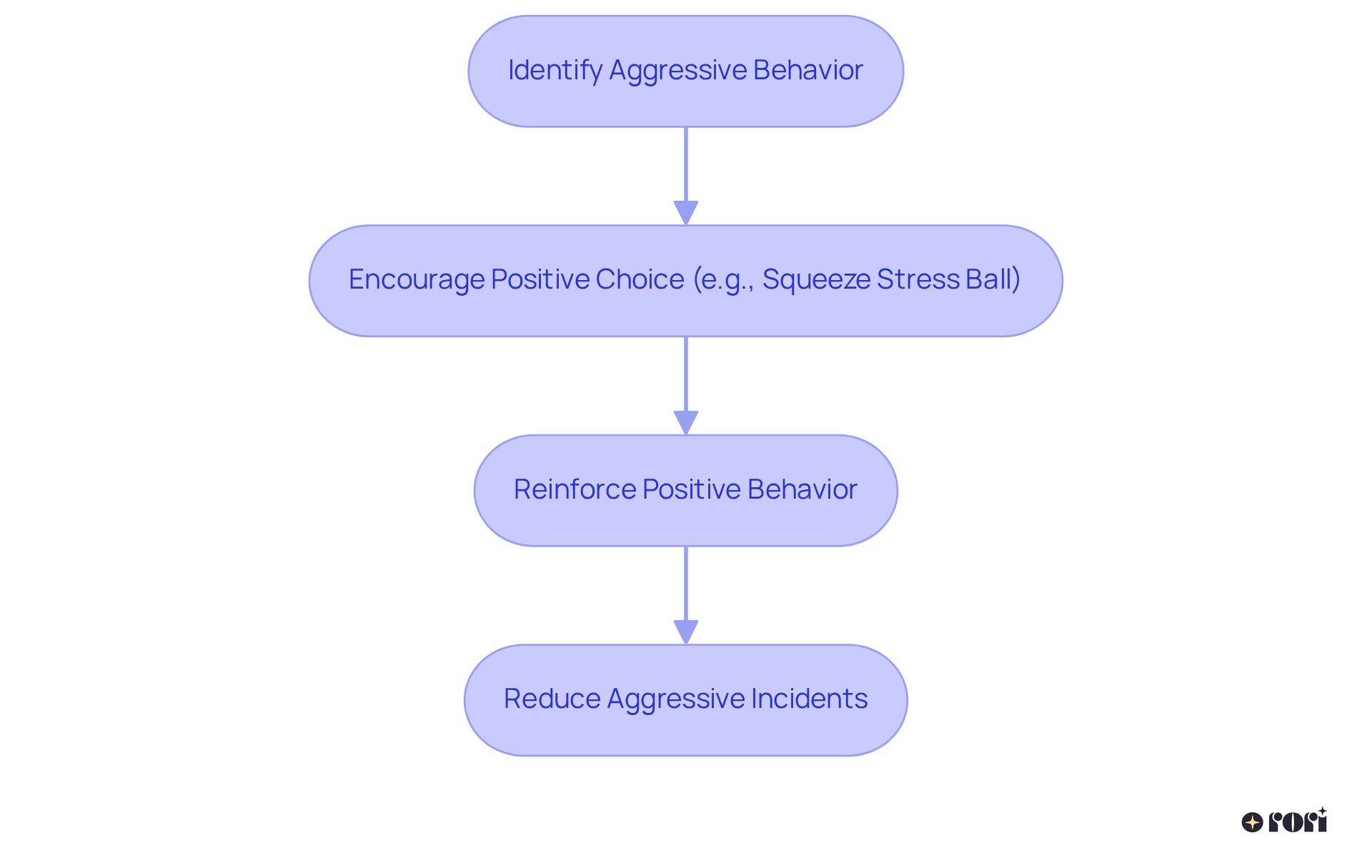
DRA techniques are so important for helping our young ones manage their emotions by reinforcing calming strategies. For example, when a young person opts for deep breathing instead of reacting impulsively, it's essential to praise or reward this positive choice. This kind of reinforcement not only motivates them to keep using these calming techniques but also nurtures better emotional control and helps ease anxiety in future moments. As Vince Gowmon wisely says, "If you trust play, you will not have to manage your offspring’s development as much." Play nurtures our children in ways we might not even realize! This truly underscores the significance of play in learning and emotional regulation.
By consistently recognizing these efforts, caregivers can create a supportive atmosphere that empowers youngsters to navigate their emotions effectively. Plus, incorporating innovative approaches in ABA therapy—like personalized treatment plans and parent-led solutions—can really boost the effectiveness of DRA techniques in everyday situations. Let’s explore this together and see how we can support our children every step of the way!
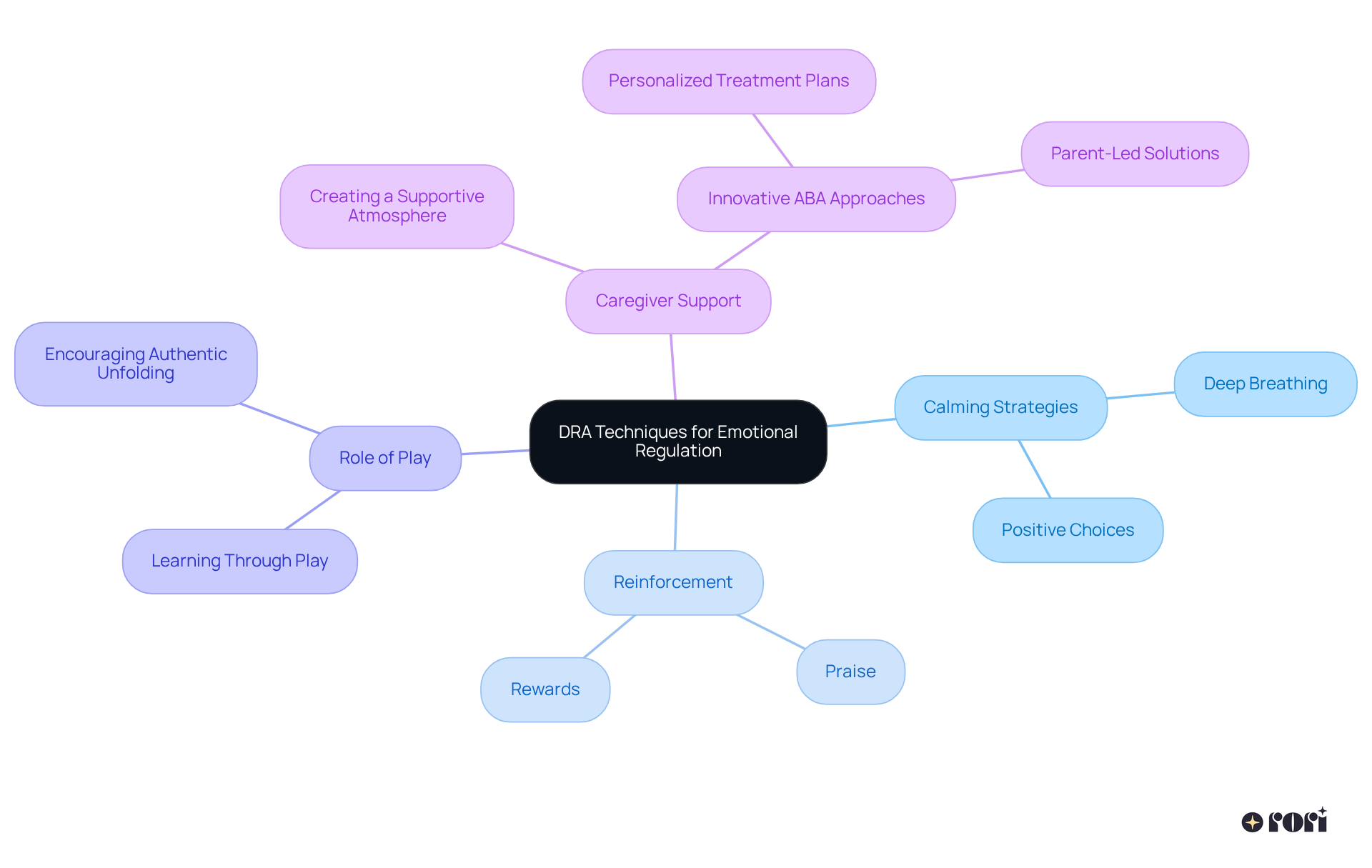
To foster peer relationships, using dra examples aba can be a wonderful tool by reinforcing cooperative play! 😊 For instance, when a young participant jumps into a group activity and shares their toys, it's so important to offer prompt praise or rewards. This positive reinforcement not only encourages kids to join in social activities but also helps them form friendships and navigate social situations with ease.
Research shows that most youngsters experience significant improvements in social interaction, communication, and daily living skills after receiving therapy, such as dra examples aba. Plus, organized interventions focused on collaborative play, with programs involving 20 to 40 hours of therapy each week, can lead to amazing enhancements in communication and daily living abilities for youth with autism, as demonstrated by dra examples aba.
By creating an environment that actively promotes collaborative play and involving families in the journey, caregivers can really help young individuals develop essential social skills that are crucial for their overall growth. Let’s explore this together and support our kids every step of the way!
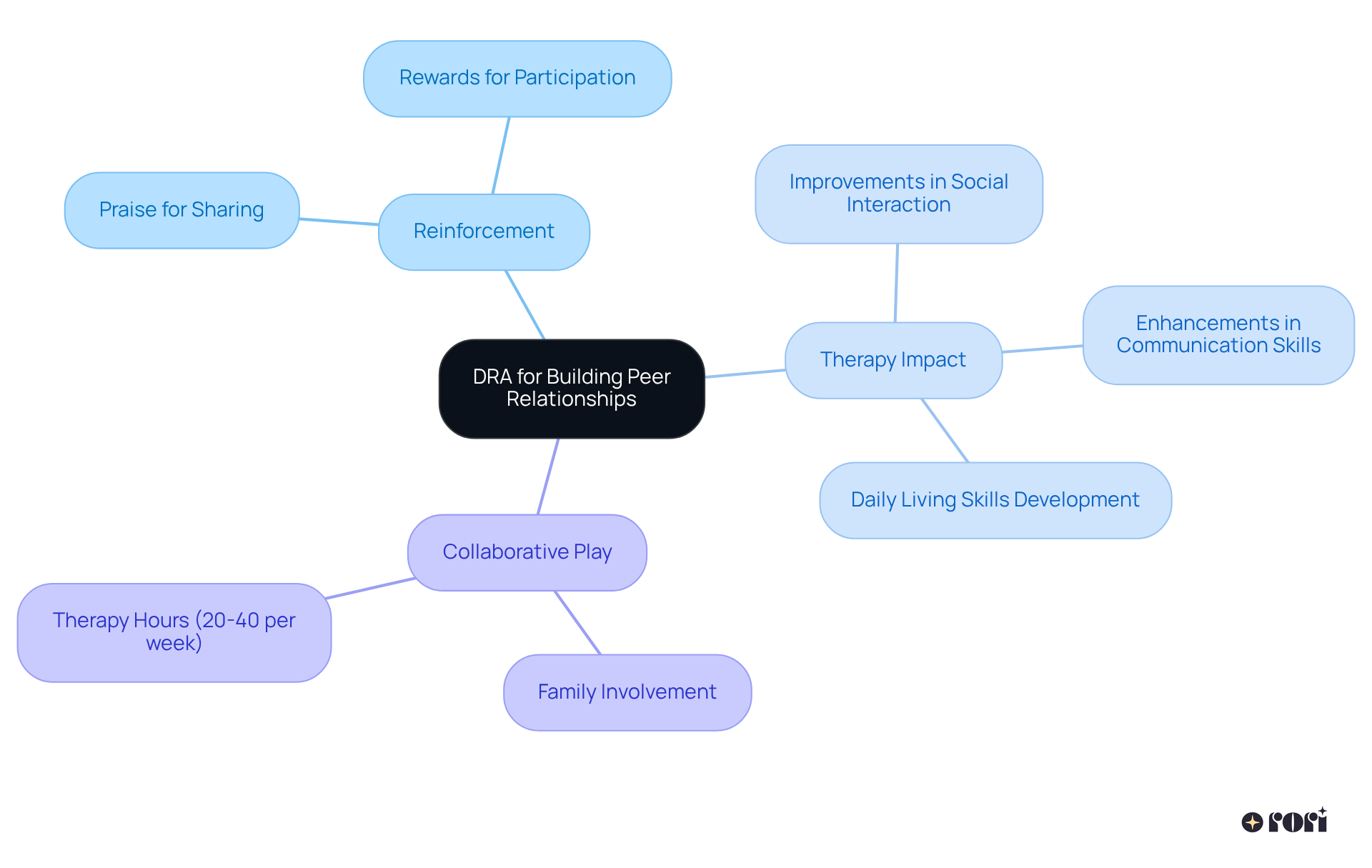
In family settings, DRA can be a wonderful way to encourage positive interactions by reinforcing helpful behaviors. For instance, when your little one pitches in with chores or shares responsibilities, it’s so important to praise or reward them! 🌟 This kind of reinforcement not only fosters cooperation within the family but also teaches kids the value of contributing to the household. It enhances their sense of belonging and responsibility, which is truly heartwarming! Let’s explore this together!
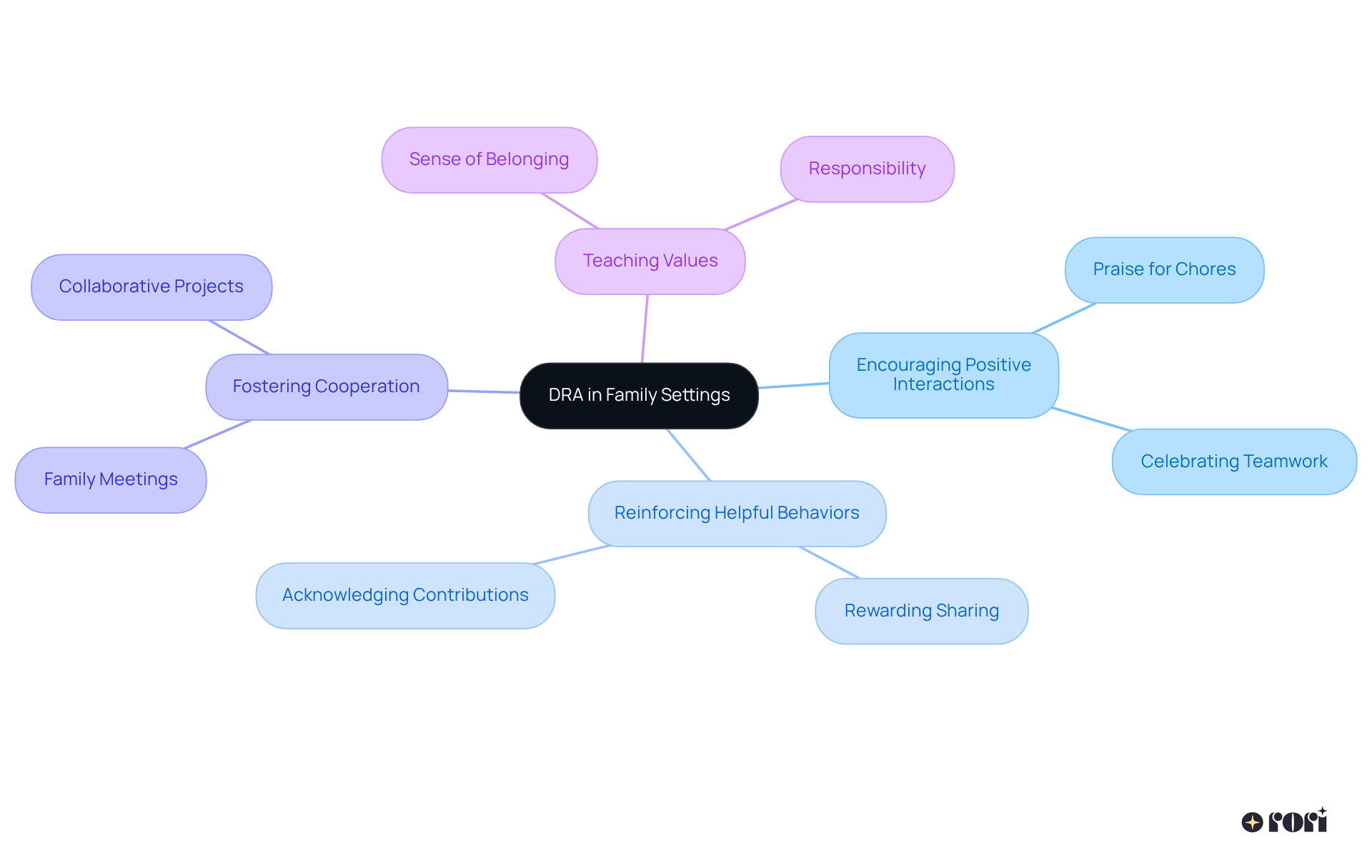
As we wrap up, let’s reflect on how the application of Differential Reinforcement of Alternative behaviors (DRA) in child behavior therapy can truly transform our children's lives. By focusing on reinforcing positive actions instead of just punishing unwanted behaviors, DRA creates a nurturing environment where kids can flourish emotionally, socially, and academically. This approach not only tackles specific behavior challenges but also helps children develop essential life skills that contribute to their overall well-being.
Throughout this article, we've explored various DRA examples that showcase practical applications—like promoting positive social interactions, enhancing emotional regulation, and managing aggressive behaviors. Each example highlights the vital role of consistent reinforcement and the active participation of caregivers. When parents and educators implement these strategies, they create supportive spaces that empower children to embrace healthier behaviors and cultivate critical life skills.
Ultimately, embracing DRA techniques opens the door to meaningful behavior change and skill enhancement for our children. It’s crucial for us as caregivers and educators to recognize the value of these strategies and to get involved in their implementation. By building a culture of positive reinforcement, we can maximize the potential for our children’s growth and development, leading to happier and more resilient individuals ready to face the world with confidence. Let’s explore this journey together!
What is Rori Care's approach to behavior change in children?
Rori Care utilizes customized Differential Reinforcement of Alternative behavior (DRA) strategies that focus on strengthening more suitable alternative actions to unwanted behaviors, tailoring interventions to each child's unique needs.
How does Rori Care track progress in behavior change?
Clinicians at Rori Care use data-driven insights to track progress and modify strategies as needed, ensuring that interventions are adapted to what works best for each child.
Can you provide an example of using DRA to encourage positive social interactions?
One effective example is reinforcing sharing behaviors. When a child shares a toy with a friend, they receive praise or a small reward, which motivates them to continue sharing and helps them develop essential social skills.
How can DRA be used to reduce tantrums and promote calmness?
DRA can reduce tantrums by reinforcing calm behaviors. For instance, if a child expresses frustration verbally instead of throwing a tantrum, they should receive praise or a reward, teaching them that calm expression is more effective than disruptive actions.
What are the benefits of teaching emotional regulation through DRA?
Teaching emotional regulation through positive reinforcement helps children manage their emotions better, leading to improved behavior over time. Studies show that children who learn these skills are better equipped to handle frustration and anger.
What is the importance of consistency in applying DRA strategies?
Consistency is crucial for the effectiveness of DRA strategies, as inconsistency can slow down progress in behavior change.
How can digital devices affect emotional regulation in children?
Relying too much on digital devices to manage tantrums can worsen emotional regulation issues, according to research. It's important to focus on direct, supportive techniques instead.